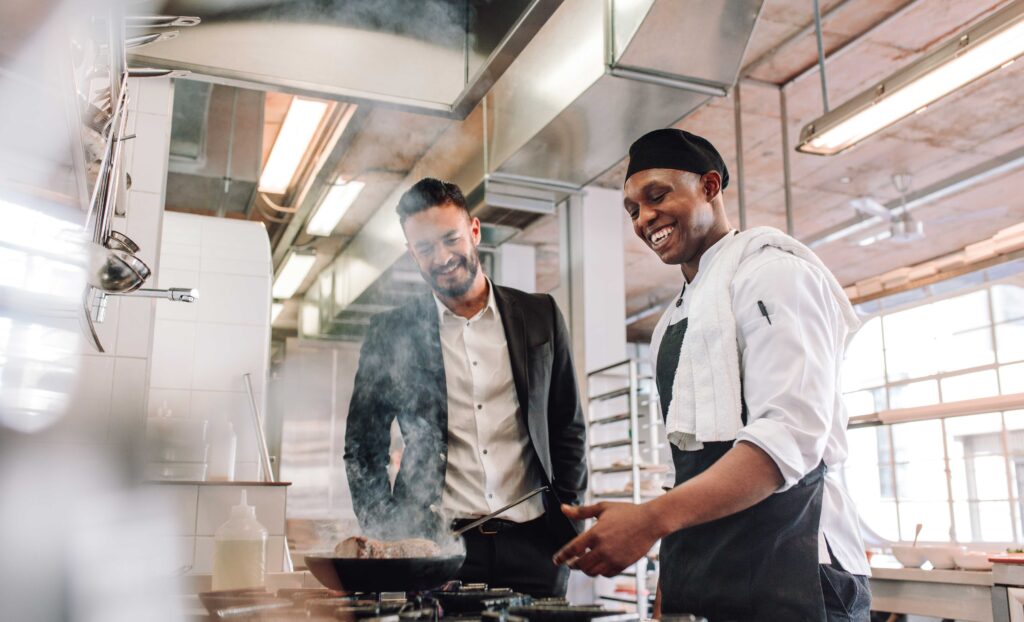No one wants their employees to get injured on the job. Considering the current climate of labor shortages and rising premiums, no one can afford it to happen, either. Total Oil Management can help you take control of your kitchen safety and reduce the risk of costly employee injuries.
Back-of-house workers typically have to lug 35-pound jugs of oil to the fryer, manually top off filtered oil, and clean up hot oil spills. Instead of creating delicious food and performing meaningful tasks, these tasks add up to wasted time and a dangerous recipe for slips, falls, and burns.
According to the Bureau of Labor Statistics, 31% of reported injuries in food service establishments resulted in days away from work. Total Oil Management automates the entire dangerous process of cooking oil handling, keeping your employees safer and more productive.
"*" indicates required fields
Not only do injuries result in staffing shortage headaches, they’re also costly. In fact, the average cost per worker compensation claim is just over $42,000, according to the National Safety Council (NSC). Burns, slips, and falls are even costlier than average: Burn incidents average over $58,000; while slips and falls average over $47,000.
It’s only common sense that reducing or eliminating these types of injuries saves money.
Dealing with hot, messy cooking oil is one of the most dreaded tasks in any commercial kitchen. And no wonder: Not only is it a real time waster, but it’s also potentially dangerous.
Employees who feel safe because they’re free from these onerous tasks are inevitably more engaged. And in a tight labor market, retention is critical to your bottom line.
To maximize your commercial kitchen safety, keep these tips in mind:

Make sure your employees understand the safe operation of all equipment and are well versed in safe procedures and protocols.
Foster an environment where employees feel safe asking questions about any process or procedure they’re not sure about.
The most dangerous jobs in the kitchen have one thing in common: cooking oil. Total Oil Management automates oil handling, allowing your employees to safely focus on being productive.
Check out our Kitchen Safety 101 to get a more in-depth look at safety and training for your restaurant, plus our “Menu for Prevention” checklist.
To avoid injuries in a kitchen, it’s important to know what the most common injuries are.
Mishandling cooking oil is a common cause of burns and slip hazards.
Burns are one of the most common injuries in a restaurant kitchen.
Preventing injury in higher-ed facilities boils down to proper safety protocol.
Here are five proven ways to keep costs down by preventing safety incidents.
Slips and falls are one of the most common accidents in a restaurant kitchen.
This website uses cookies to enhance user experience and to analyze performance and traffic on our website. We also share information about your use of our site with our social media, advertising, and analytics partners. Learn more in our privacy policy and terms of service.